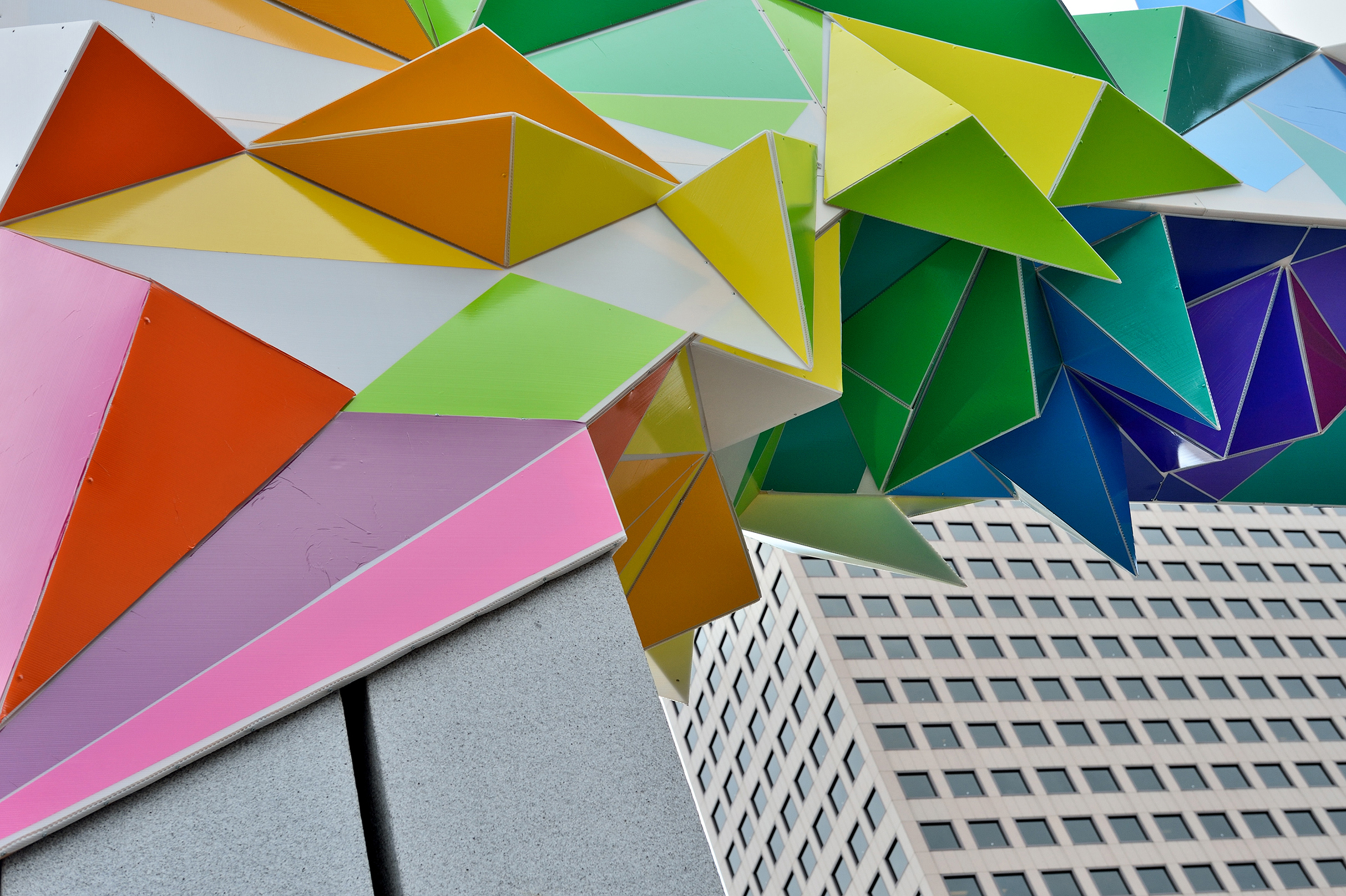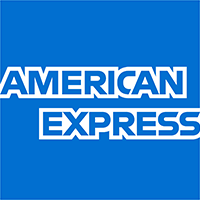Series: Public Art Academy for Artists
Part 1
In this workshop, artists will be given the necessary tools to make the leap from working in the isolation of the studio to working in a collaborative, large scale setting. The intent is to give artists the confidence and knowledge needed to move their career into public art.
- Slide show highlighting 10-15 different types of public art projects including full descriptions.
- Recognizing the types of projects that are best suited for your skills
- Responsibilities of a public artist and public art project manager. Describing the collaborative process of project development.
- How to apply, write a letter, graphically and verbally present your work in an application. What to include in a letter of interest and how to present your work in an interview.
- Artists experiences. The two artists describe how they began working in public art and the relationship of their public art to their previous work; show slides of previous work, describe specific interest in applying for the public art project/s they have participated in, and how they presented themselves and their work to get their first public art project.
Presenters: Steven Huss, Amy Trachtenberg, Sammy Rodriquez
Part 2
Working in the studio allows an artist to create his/her own schedule, budget, and system for creation. Once an artist moves into the highly collaborative field of public art, huge changes are introduced. In this workshop we will cover how to work with other professionals, where to find help when needed, and the roles of each professional/ stakeholder as a project moves forward.
- Slide show highlighting 10-15 different types of public art projects including full descriptions.
- Getting started -learning from stakeholders including community members, architects/designers, and reviewing bodies; the roles of team members and lines of communication (project manager, contracting officer, architects, engineers and other consultants).
- How to present your ideas—what is expected during concept development stage.
- Leveraging opportunities and resources (e.g. architecture/building elements and/or community involvement)
- Artist experiences - how and what we learned from community members and stakeholders, and content/resources; how we leveraged architecture -the development steps of a project.
- Collateral benefits - how the artwork can live on in the community in other forms (books, events, webpages, etc.)
Presenters: Barbara Goldstein, Lynn Rogers, Amy Trachtenberg, Sammy Rodriquez
Part 3
Unlike traditional studio materials, public art requires that one look at maintenance, durability, and presentation in a new light. Materials research often requires looking at infrastructure rather than museum work and speaking with contractors rather than other artists. The cost of these materials can be shocking to artists who've traditionally worked with studio materials. In this workshop, we'll cover strategies for working with materials and budgets on the public art scale.
- Introduction: Overview of 10 projects -conceptual to final design proposals
- Moving from concept into buildable design - considering durable materials, researching fabrication techniques, trouble shooting possible problems.
- How to structure your budget and time; cost estimating, collaborating with fabricators.
- Creative collaboration: Integrating your work into the construction schedule, resources and credits. Working with other collaborators: conservator, engineer, architect, graphic designer, historian, etc.
- Artist experience: What I learned in building my artwork, problems and how I solved them, what I would do next time.
- Design changes: How to be flexible; How design changes and why - when the original concept/ideas may remain
Presenters: Barbara Goldstein, Public Art Director, City of San Jose; Mary Rubin, Senior Project Manager, City of San Jose; Brian Laczko, Architect; Amy Trachtenberg, Artist; Sam Rodriguez, Artist
- Registration Closed



